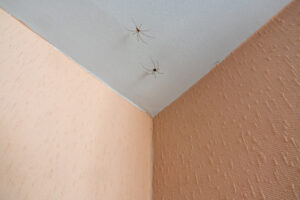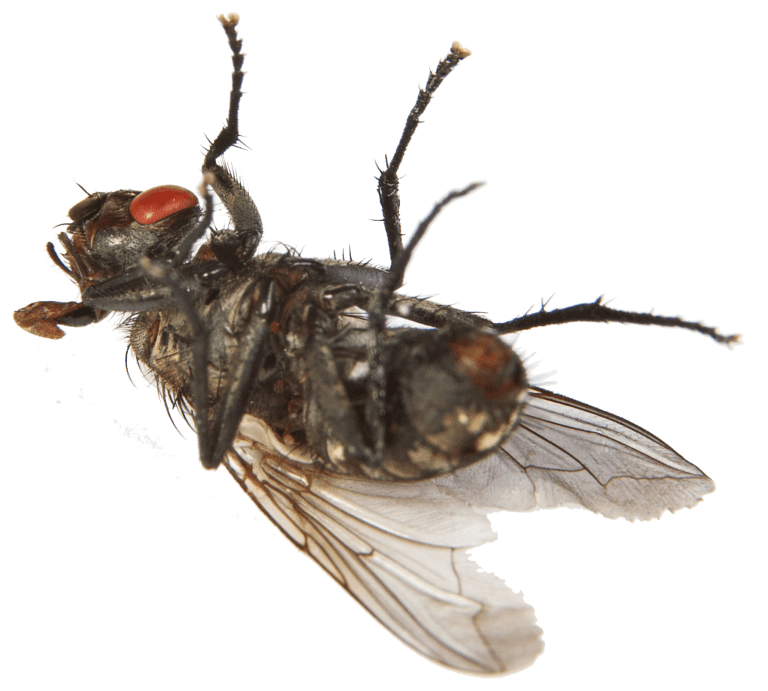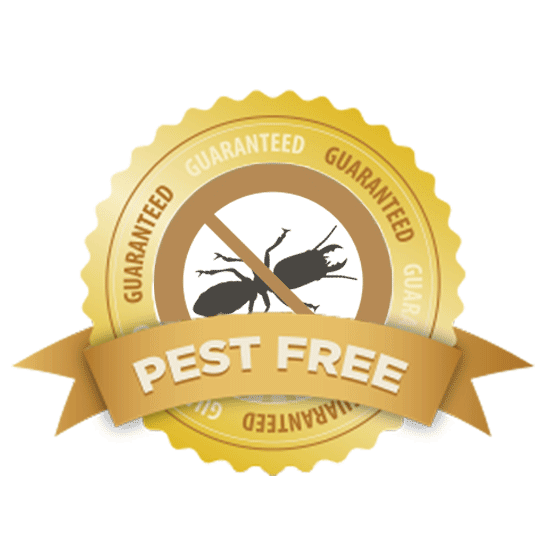A severe termite infestation can only be eradicated with the termite fumigation process. Termite fumigation is interchangeably also known as termite tenting, and is a sure fire way to terminate large colonies of termites that often make their home in the most inconvenient places such as in walls or deck wood.
To explain in simple terms fumigation is introducing a large amount of pesticidal gas into the infested area- which could be your home, office or any other structure. Termite tent treatment requires the whole structure to be covered with a tent when the pesticidal gases are introduced. Covering the structure or dwelling ensures that the gases penetrate into the complete structure.
Termite tenting takes into consideration the entire structure which makes this treatment different from the spot treatments done to eradicate limited spaces such as the basement or attics. Typical spot treatments include bug bombs, sprays, and traps. Only a certified and professional exterminator is licensed to carry out termite tenting due to the nature of the gas and commercial grade chemicals that are can be dangerous when ingested or inhaled.
The Process of Termite Tenting Treatment
The entire process of termite tenting fumigation is usually completed within 3-4 days. Since an important aspect of this treatment is sealing off the dwelling or structure, this treatment needs detailed preparation. The tent, which is made of tarpaulin, seals in the air within the structure and makes it airtight. When the structure is sealed completely, large weights, stakes, or weighted containers of water is used to hold the tent in place. The pesticidal gas is then pumped inside the tent. The gas is typically made of Vikane or methyl bromide. The fans set up inside the tent then are switched on and remain turned on for the entire treatment duration.
The Preparation for Termite Tenting Treatment
Prepping your home, dwelling, or structure for termite tenting takes time and planning. Begin to prep for the treatment at least two weeks in advance. Try your best to remove perishable items as well as any opened food or consumable liquids.
- All living beings must vacate the premises – this includes plants, pets, and persons.
- All edibles such as food and medicines must also be removed from the structure.
- All faucets must to be sealed to ensure gases do not penetrate the pipes.
- All plants in the external areas of the structure need to be sharply trimmed and watered heavily.
- All electrical appliances and attachments need to be removed as well.
- If need be fencing needs to removed so that the tent seals in comfortably.
- Bedding and mattresses must be removed or sealed tightly in fumigant-proof bags.
The Risks associated with Termite Fumigation Treatment
Termite tenting or fumigation has been used as a standard treatment for more than forty years. However, in the past few years there have been environmental and health concerns concerning the treatment. Methyl bromide gas used for fumigation is colorless and odorless which makes it highly toxic for the termites. This gas is not only toxic to all living beings on site but it is also known to adversely affect the ozone layer. The gas evaporates quickly in the air causing environmental issues. Human beings who are directly exposed to the pesticidal gas can face failure of the nervous system and have major organs such as the eyes, lungs and even skin severely affected by it. Because of the dangerous effects of this treatment it is banned in a few areas in the country including California.
To counter the adverse effects of the methyl bromide gas, Vikane gas is a very popular replacement in the termite fumigation treatments. Vikane gas is actually sulfuryl fluoride and just like the methyl bromide gas, vikane gas is colorless and odourless as well. If this gas is inhaled it can cause nausea, vomiting, low blood pressure, and even death. But what makes vikane gas different is that is doesn’t leave any residue on the areas where the pesticidal gas was exposed to. This is a desirable characteristic that makes it safer for all living residents who return to the structure and resume living there. However, using Vikane gas as an alternative may not be a preventive measure against re-infestation in the long-term. Therefore other systems should be in place to track and prevent re-infestation of any kind.
The Cost for Termite Tenting Treatment
Only licensed practitioners are permitted to carry out the process. Besides the preparation required such as vacating the premises and staying at a hotel for up to four days and preventive re-infestation measures the cost is vast and broad depending on the preferences of the family. A 1200 square foot structure can cost between $1200 to $2500 and 2400 square foot structure can cost between $2500 and $4000.






